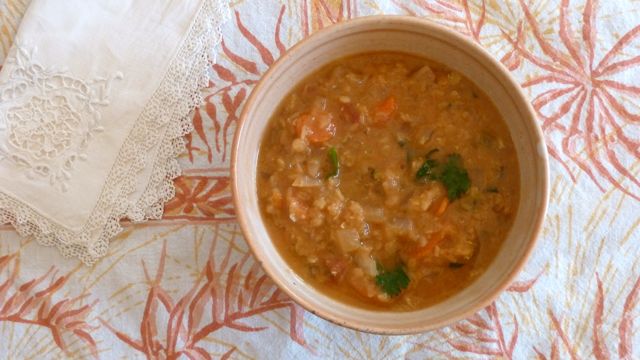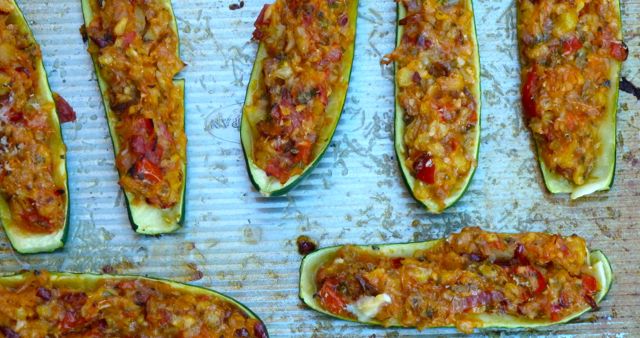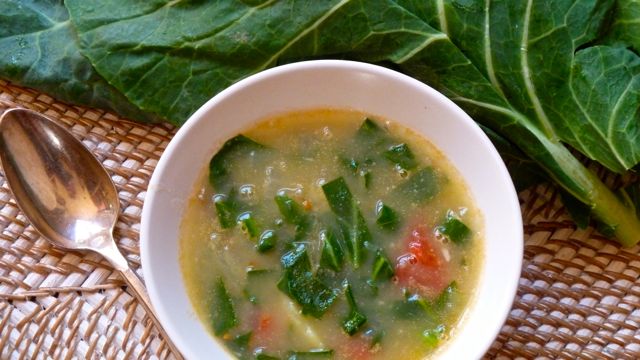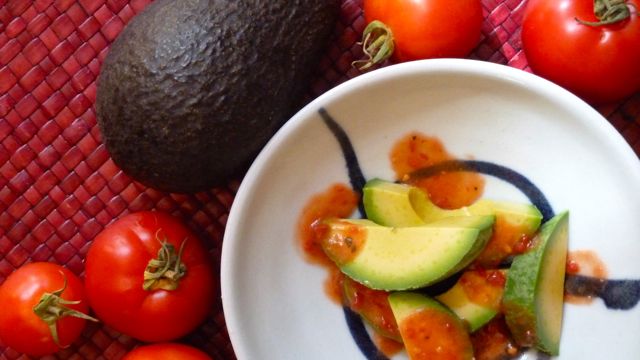Lately I’m obsessed with lentils. Our pantry shelves are lined with them—bags and boxes filled with miniature rounds of black, green and brown. To those who rifle around looking for more readily edible snacks, my compulsion is slightly puzzling. A collection of shoes in the closet or books on the shelf is easier to understand. But mothers have other odd obsessions as well, best ignored, as teens well know; simply shove the legumes aside and move on to the chips.
Loving lentils makes sense to me, if to no one else. I cook dinner every day for a vegetarian family, and legumes and beans offer us a rich source of vegetable protein that’s essential to our diet. And beyond the nutrition, they’re a treasure trove of inspiration as well. I’ve no doubt I could add lentils to the pot day after day, week after week, and never repeat the same concoction twice (unless I wanted to). One day it’s soup, another a main-dish salad. Then on to a stew or dal.





